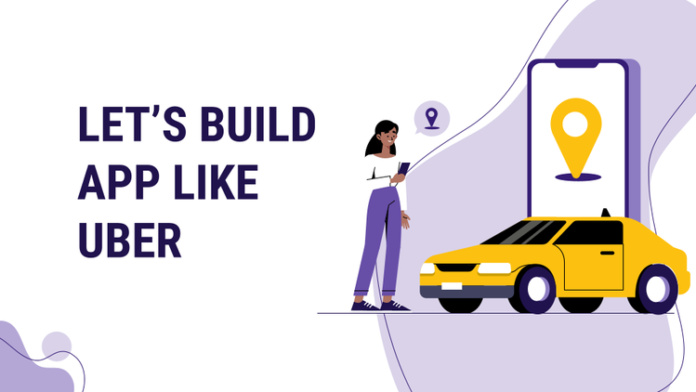Introduction:
In the fast-paced world of transportation and technology, Uber has become synonymous with convenient, on-demand rides. If you’re inspired by the success of Uber and have dreams of developing a similar app, you’re in the right place. In this comprehensive guide, we’ll take you through the essential steps on how to develop an app like Uber.
1. Conduct In-Depth Market Research:
Before you hit the road running, it’s crucial to conduct thorough market research. Understand your target audience, local regulations, and competition in the transportation industry. Identify the unique features and services that will set your app apart from the existing players in the market.
2. Define Your Unique Value Proposition:
Uber disrupted the traditional taxi industry by providing a seamless, cashless, and on-demand ride experience. Define your unique value proposition clearly—whether it’s faster pickups, competitive pricing, or additional services. This will be the driving force behind your app’s success.
3. Design an Intuitive User Interface:
User experience is paramount in the success of any app. Design an intuitive and user-friendly interface that allows users to book rides effortlessly. Keep the design simple, navigation clear, and ensure a smooth flow from login to ride completion.
4. Implement Advanced Geolocation and Mapping:
One of Uber’s key features is its real-time tracking and mapping system. Implement advanced geolocation technology to enable users to track drivers in real time, estimate arrival times accurately, and plan their journeys efficiently.
5. Develop a Secure and Efficient Payment System:
Seamless and secure payments are non-negotiable. Implement a reliable payment system that allows users to pay digitally without hassles. Integration with popular payment gateways ensures smooth transactions and builds trust among users.
6. Build a Robust Driver App:
Just as important as the user app is the driver app. Develop a user-friendly app for drivers that includes features like easy navigation, ride acceptance, and earnings tracking. A smooth experience for drivers contributes to overall customer satisfaction.
7. Incorporate Ratings and Reviews:
Uber’s rating system allows users to provide feedback on drivers and vice versa, enhancing accountability and trust. Implement a similar rating and review system to ensure a high level of service quality and safety.
8. Comply with Local Regulations:
Transportation is subject to various local regulations. Understand and comply with the legal requirements in the regions where you plan to operate. This includes obtaining necessary permits and adhering to safety standards.
9. Ensure Scalability:
Design your app with scalability in mind. As your user base grows, your app should be able to handle increased demand without compromising performance. Invest in a robust backend infrastructure that can scale seamlessly.
10. Develop a Comprehensive Marketing Strategy:
Before launching your app, create a comprehensive marketing strategy. Leverage digital marketing channels, social media, and partnerships to create awareness and attract both riders and drivers to your platform.
Conclusion:
Developing an app like Uber requires careful planning, attention to detail, and a commitment to providing a superior user experience. By understanding your market, implementing cutting-edge technology, and focusing on customer satisfaction, you can navigate the competitive landscape and create a successful ride-hailing platform. Buckle up for the exciting journey ahead as you embark on developing the next big thing in transportation technology!

